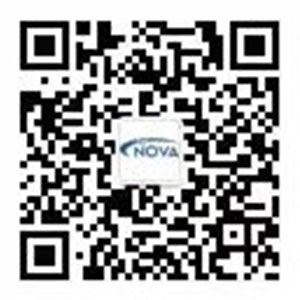
Raman
Raman spectroscopy is a molecular spectroscopic technique based on the inelastic scattering of monochromatic light. It involves irradiating a sample with a laser beam and analyzing the scattered light produced, with the energy changes reflecting molecular vibrations. By studying these energy changes, Raman spectroscopy provides important information about the chemical composition, molecular structure, and bonding of materials. It is worth noting that this is a non-destructive technique, applicable to the study of solids, liquids, and gases. Widely used in fields such as chemistry, physics, and materials science, Raman spectroscopy plays a significant role in detailed molecular characterization. Its versatility makes it valuable in various fields such as security, customs, pharmaceuticals, environmental science, and biology, contributing to research and industrial progress in understanding and manipulating molecular properties.
Technology Features
Rapid Analysis of Multiple Substances
Versatility: Raman spectroscopy is applicable for the analysis of solids, liquids, and gases, making it suitable for various types of samples and applications. It can provide rich information about the chemical composition, molecular structure, crystal structure, and more aspects of the sample. For example, in the biomedical field, Raman spectroscopy can be used for the analysis of cells and tissues, as well as for drug formulation and monitoring. In materials science, it can be utilized for structural characterization and quality control of materials, such as research and characterization of nanomaterials.
Fast Real-time Analysis: Raman spectroscopy technology features fast real-time analysis, where the spectrum of a sample can be obtained in a short period, allowing for real-time analysis during monitoring processes. This characteristic of rapid real-time analysis enables Raman spectroscopy technology to be highly efficient and real-time in many applications. For instance, in environmental monitoring, Raman spectroscopy can be used for rapid and accurate monitoring of water quality, atmospheric pollution, and more. In the pharmaceutical industry, it can be employed for real-time quality control and process monitoring of raw materials, intermediates, and finished products.

Non-Destructive and Non-Contact
Raman spectroscopy technology does not require contact with the sample during the analysis process, nor does it require any special treatment or preparation of the sample. This makes it non-destructive and non-contact, preserving the integrity of the sample and avoiding damage. Therefore, Raman spectroscopy technology is suitable for the analysis of sensitive samples, such as biological specimens, cultural artifacts, etc. It can also be applied to on-site real-time analysis, such as quality control during pharmaceutical manufacturing processes

High Resolution and Sensitivity
Raman spectroscopy technology can provide high-resolution spectral information, typically reaching the nanometer level. This means it can distinguish subtle structural differences between molecules, and even identify the presence of different conformations or isomers of the same molecule. Moreover, Raman spectroscopy technology also offers high sensitivity, capable of detecting molecules at extremely low concentrations, typically at the ppm (parts per million) or ppb (parts per billion) level. This enables effective analysis even within complex sample matrices


























